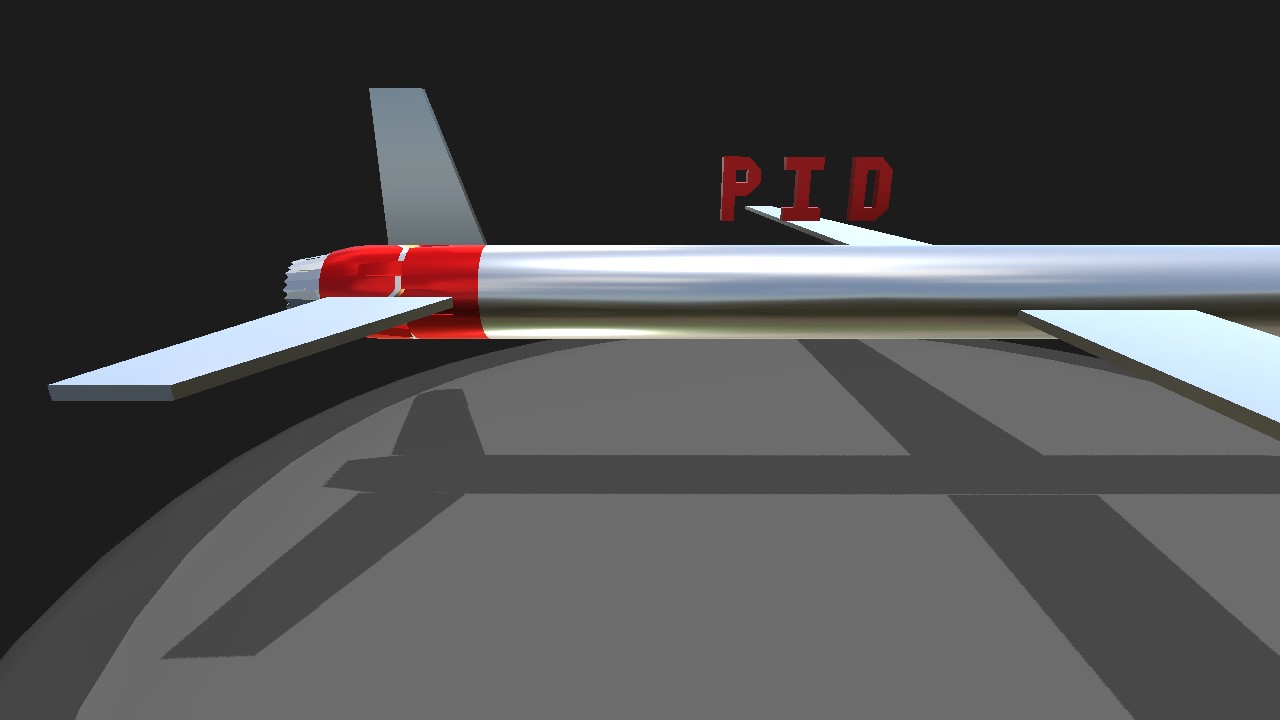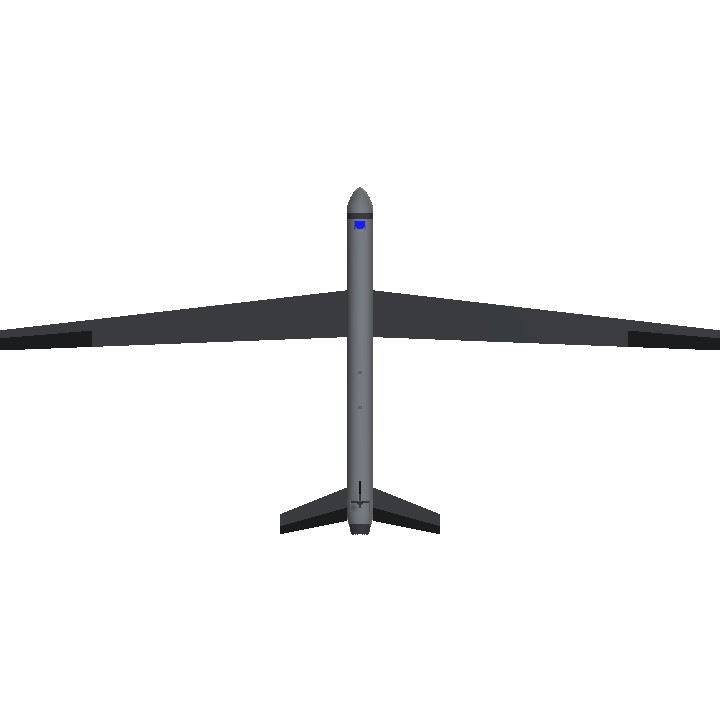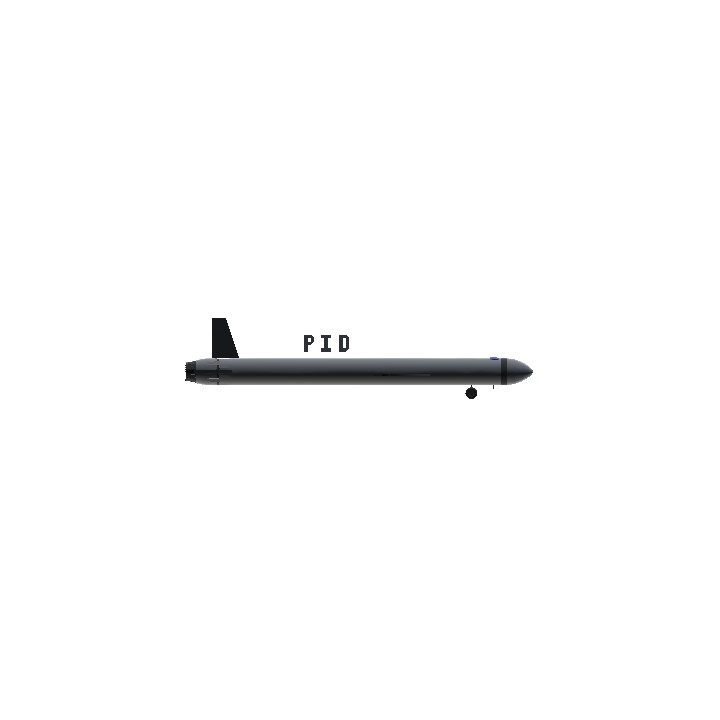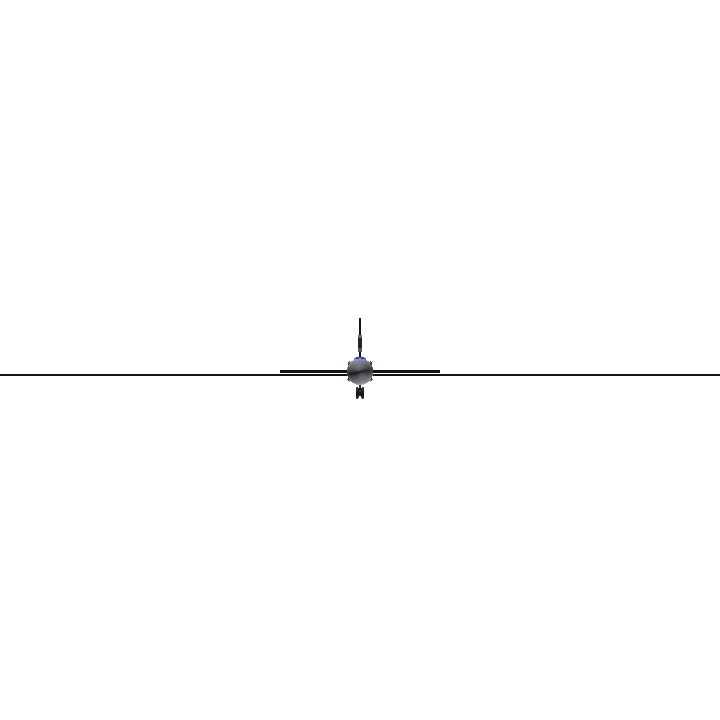PID ( 181, GS, 0.1, 0, 0.1 )
This is my PID example. Try it out to see how things work.
You will notice the Speed overshoots the target, then it fluxes so quickly to maintain the speed. Use it in whatever you like, learn from it, improve it PLEASE!
To tune a PID use the following steps:
Increase the P gain until the response to a disturbance is steady oscillation.
Increase the D gain until the the oscillations go away (damped all the way).
Repeat steps 2 and 3 until increasing the D gain does not stop the oscillations.
Set P and D to the last stable values.
Increase the I gain until it brings you to the setpoint with the number of oscillations desired (normally zero but a quicker response can be had if you do not mind a couple oscillations of overshoot)
If you set the D gain too high the system will begin to chatter (vibrate at a higher frequency than the P gain oscillations). If this happens, reduce the D gain until it stops.
This explanation does not belong to me. I copied and pasted from another blog. Though, it does help understand how this works.
Specifications
General Characteristics
- Created On Mac
- Wingspan 88.3ft (26.9m)
- Length 42.5ft (13.0m)
- Height 10.0ft (3.0m)
- Empty Weight 4,616lbs (2,093kg)
- Loaded Weight 8,008lbs (3,632kg)
Performance
- Power/Weight Ratio 4.209
- Wing Loading 19.3lbs/ft2 (94.1kg/m2)
- Wing Area 415.8ft2 (38.6m2)
- Drag Points 1677
Parts
- Number of Parts 32
- Control Surfaces 4
- Performance Cost 210





@gbsaerodynamics Are you suggesting using the Constant or variable formula? I can apply a formula though, I am unsure of which one would be used since I don't actually understand it's proper application.
I am assuming that these two would be the possible choices.
Why dont you use integral function? It helps keeping speed more accurate to 181 m/s.
proportional–integral–derivative
How a PID Works
Yes, the easiest way to do it is to sample experimentally in my opinion.
Another guy made a floating box. He used a Blasto VTOL and this formula
PID( Throttle*50, AltitudeAgl, 20, 0.5, 10)
It works amazingly.
LEHOPARDS BUILD
Thank you very much for your answer, but I still have a question, which is the three parameters of PID in simple planes,P,I and d. are their values sampled experimentally?
@435464486534944 Next to the 181 you see GS, well 181 is how many meters per second I want my PID controller to attempt to maintain.
So, you can look at it like this... You have a set parameter you would like to maintain. That is your first number, next is what parameter you are basing that first number off of. The next 3 numbers are explained in my post about this craft. They are what maintain that parameter.
A poor example would be a hot iron you use to iron clothes. (Because it doesn't have a PID controller, it is actually just a snap switch)
Though you can look at it that way. It reaches a point of desired temperature, then stops heating once it gets to that temp.
Though with an iron there are big swings in temp due to it just being a snap switch. PID's are for very accurate applications. Such as maintaining temperature in a chemical bath for etching semiconductors. ;) I actually used to work on semiconductor equipment for Intel Corp., that is where I learned about these things.
what' the means of 181